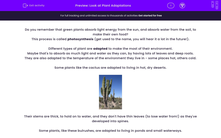Do you remember that green plants absorb light energy from the sun, and absorb water from the soil, to make their own food?
This process is called photosynthesis (get used to the name, you will hear it a lot in the future!).
Different types of plant are adapted to make the most of their environment.
Maybe that's to absorb as much light and water as they can, by having lots of leaves and deep roots.
They are also adapted to the temperature of the environment they live in - some places hot, others cold.
Some plants like the cactus are adapted to living in hot, dry deserts.
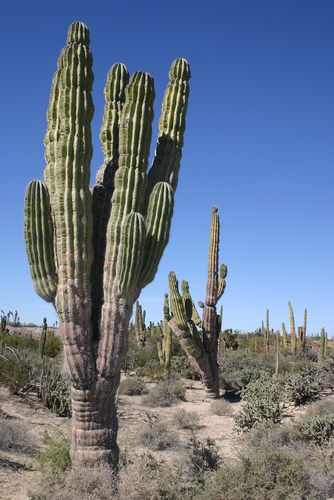
Their stems are thick, to hold on to water, and they don't have thin leaves (to lose water from!) as they've developed into spines.
Some plants, like these bulrushes, are adapted to living in ponds and small waterways.
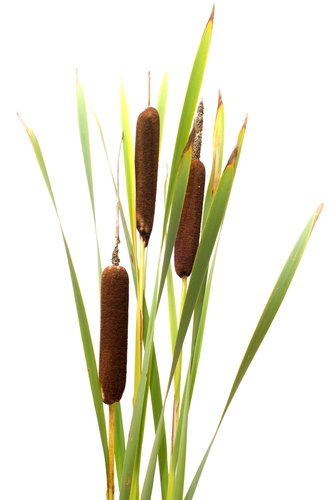
They have roots that hold on to the slippery mud and can cope with being in water all the time.
Over long periods of time, adaptations which are very successful and help individual plants to thrive, become common in almost all plants of that particular species. These changes are part of the process known as evolution.
Some trees have evolved to live in hot, wet places, creating rain forests. Other trees grow in climates which change across the year, from cold winters to hot summers. They have to be able to adapt to these changes - or die!
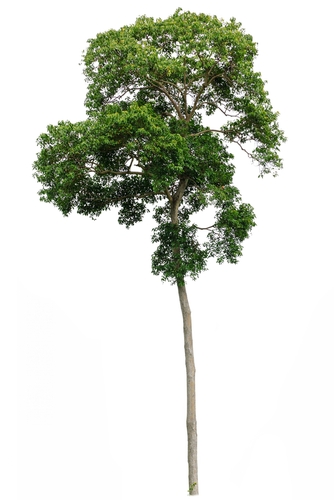

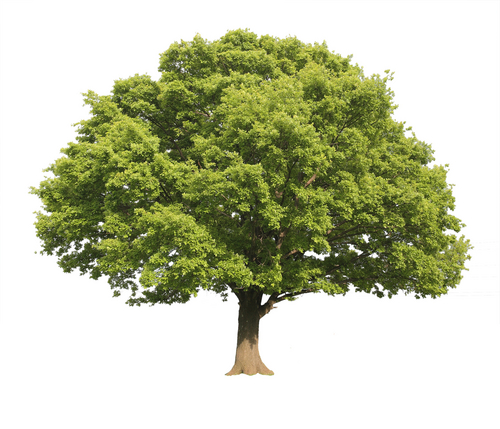
Let's use this information to help us work our way through the questions. Ready?

